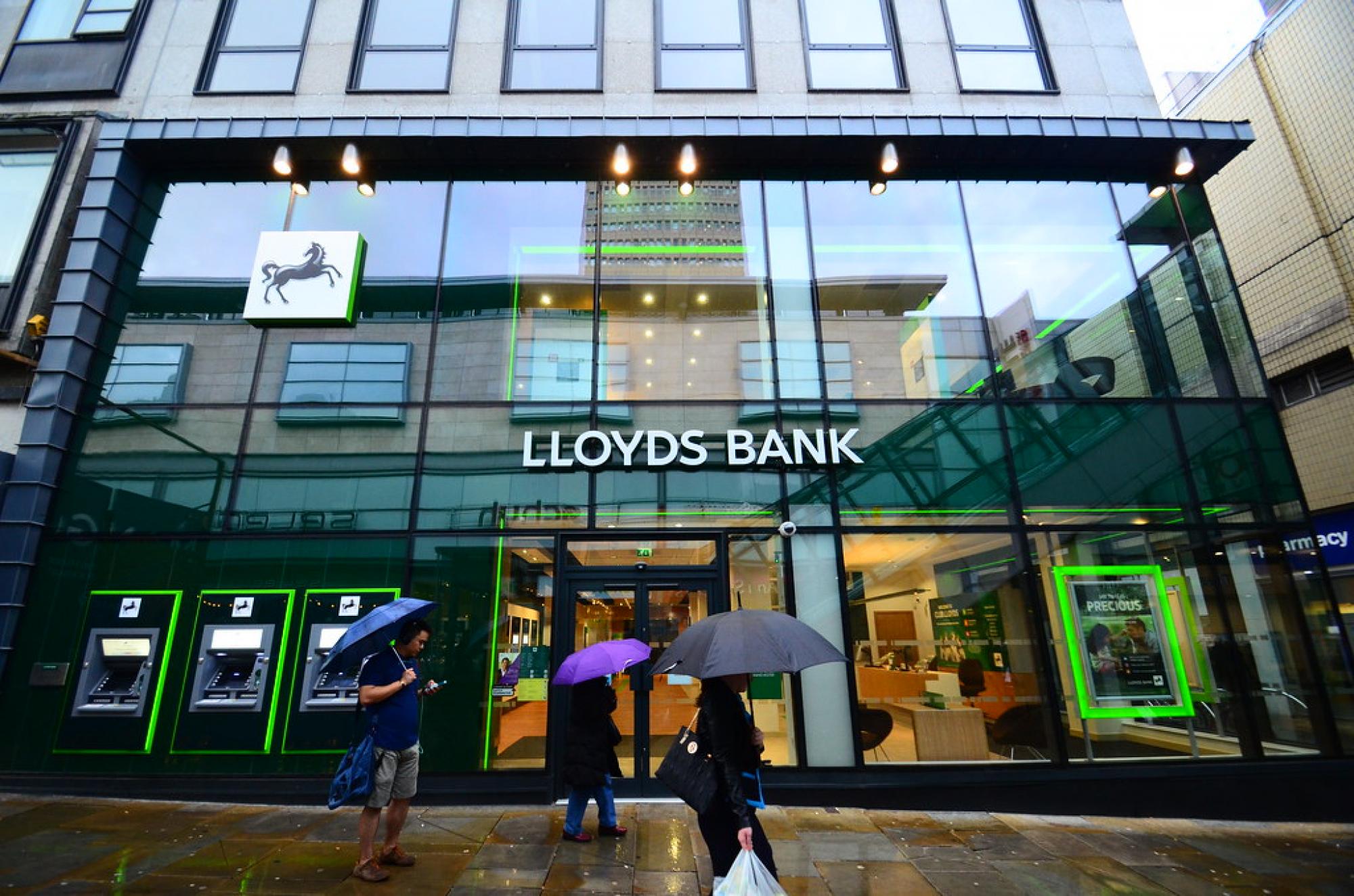Test- FTSE 100 Kicks Off August on a High as BP and Senior Lead Market Momentum
$11
10 Oct 2025, 13:13


Lloyds Banking Group has predicted UK house prices will fall by 8% next year and then almost stagnate for the following four years. Lloyds is the UK’s biggest mortgage lender, and has predicted a “gloomy outlook” for the UK’s economy amidst fears of a global recession.
Lloyds, who owns the Halifax branch too, has set aside £668m to cover bad debts as rising interest rates make mortgages and loans less affordable alongside the extreme cost of living facing the UK this winter. They recently announced their pre-tax profits of £1.5bn in the third quarter of 2022, which is a 25% drop on the same period in 2021. Figures released by Halifax on 7 October showed UK house prices fell 0.1% in September.
The bank’s chief financial officer, William Chalmers, said in a statement, “So far at least, our customers are proving to be resilient and adapting well to the cost-of-living increases that we have seen. We are deliberately ensuring that we lend to customers who are best placed to withstand potential future stresses on the macro level and in their own personal circumstances.” Lloyds’ customers facing arrears, defaults and write-offs remained low and below pre-pandemic levels, with Chalmers adding that the bank’s lending is skewed towards “slightly better off” customers who are able to pay back loans if conditions get worse.
Typically, banks gain more when interest rates rise as customers with mortgage loans pay back more on interest than what they’ve borrowed. Hence, ensuring that customers who are “better off” financially is a safety net for Lloyds so that they won’t lose out as the economy is down and many face financial hardship. Lloyds said that the 19% rise in the net interest income - the difference between interest earned on loans and paid out for savings - to £3.4bn was “more than offset by the impairment charge in light of the deterioration in the macroeconomic outlook.” Chalmers remarked that he hopes new UK Prime Minister Rishi Sunak and his Cabinet can provide stability after a turbulent period that has caused interest rates to rise to levels not seen since 2008. “The one request would be for a period of stability … that in turn will help us to support customers, retail, commercial and insurance, navigate what will be a tougher macro environment going forward,” he said.
Currently the Bank of England’s benchmark interest rate is 2.25%, but Lloyds warned this could peak at as high as 4% in 2024. Chalmers said that a higher interest rate environment could lead to a slowdown in the housing market in the years ahead despite falling prices. If house prices do drop by 8% as predicted, it risks putting some recent buyers into negative equity. Negative equity occurs when a property becomes worth less than the remaining value of the mortgage loan taken out for the property. Lloyds states: “When prices fall, the number of households in negative equity tends to rise. It’s a bigger problem during recessions, when house prices can experience bigger drops.” During the 2008 global financial crisis, UK house prices fell by 20% between 2007 and 2009, meaning that almost 1 in 10 people with UK mortgages were in negative equity by spring 2009.
It is worth noting that an 8% drop in house prices would still be less than the increase of 13.6% in the last year. The most recent data from the Office of National Statistics showed that the price of the average UK home increased by 13.6% in the year to August to £296,000. The ONS’ key points from the report UK House Price Index August 2022 were:
Lloyds’ prediction of an 8% fall in housing prices comes after just yesterday Barclays Plc predicted that UK house prices will continue to grow, according to Bloomberg. Barclays said that while interest rates are expected to adversely impact housing markets, house price growth should remain “positive over the forecast horizon”. HSBC also said on 25 October that its “central scenario was for UK house prices to keep rising over the next two years.”
Chief financial officer of Banco Santander SA, Jose Garcia Cantera, told Bloomberg on 26 October that he does not expect to see a significant UK house price drop in the coming years. “Provided the labour market remains strong, we believe that house prices will hold relatively well,” he said. Bloomberg argues that a recent drop in UK government bonds will ease the cost of loan funding for banks, and the yield on 30-year gilts has dropped back to levels seen before Liz Truss and Kwasi Kwarteng’s mini-budget. This will take several days to filter through into the cost of mortgages.
Barclays, HSBC and Santander’s outlook on house prices only a few days ago are slightly different from that of Lloyds today. What is agreed on is that higher interest rates and the cost of living crisis is having an impact on the housing market and this may get worse as Britain faces a hard final quarter of 2022. Banks and consumers alike await Sunak’s new budget, expected in November, his policies on housing and how it may affect the market.
(Sources: BBC News, Lloyds Bank, Office for National Statistics, iThe Guardian, The Finance Hub, Bloomberg)